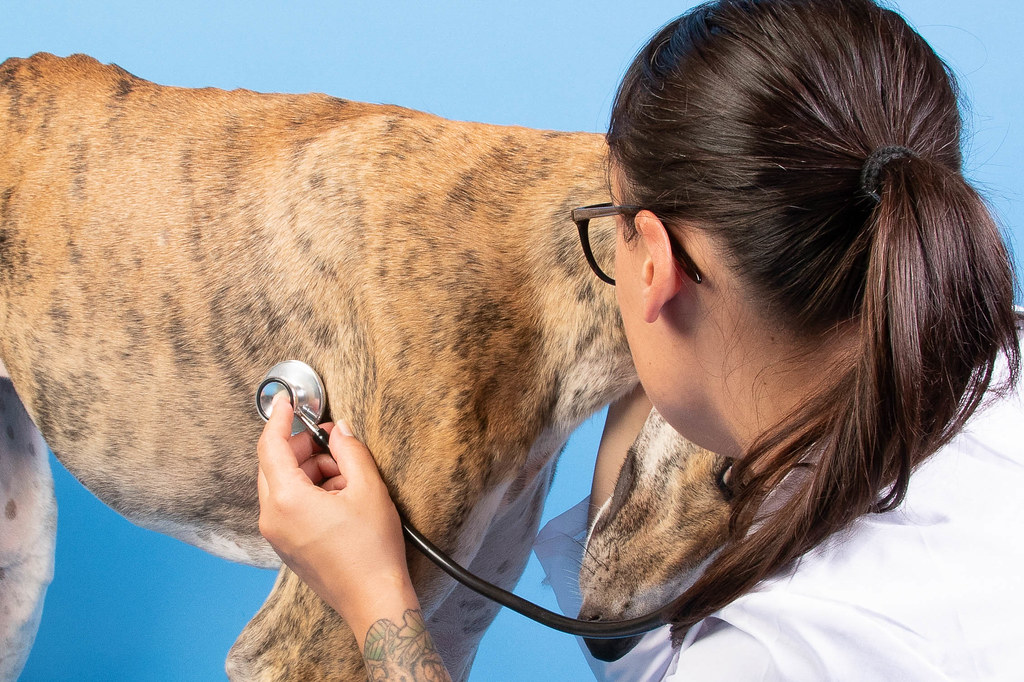While there has been considerable discussion around the issue of physician burnout and mental health, there has been comparatively less for animal health providers. The problem is significant. In the fall of 2018, the CDC released a report noting that from 2003 to 2014, veterinarians died of suicide at a rate roughly twice that of the national average. This rate is similar to that experienced by physicians for human medicine, who see between 28 to 40 suicides per 100,000 doctors.
The trend towards depression and suicidal ideation is particularly problematic given veterinarians’ relatively easy access to life-ending drugs. The above CDC report further found that poisoning via pentobarbital was the more common mechanism for suicide among veterinarians. Pentobarbital, an anti-seizure barbiturate, is often used in veterinary practices to euthanize patients.
The reasons behind the veterinary suicide crisis are myriad. Veterinarians frequently struggle with stress, long working hours, and crippling debt — and often do so with minimal support. One survey conducted at a 2012 American Veterinary Medical Association (AVMA) convention found that a full 85% of attendees felt that stress, burnout, and compassion fatigue were the most pressing wellness issues facing the veterinary community at the time of the survey.
Those results appear to hold today. Stress often begins as early as veterinary school, where students struggle to balance overstuffed courseloads and substantial student debt. As one reporter for the Washington Post writes, “One of the most competitive medical fields — veterinary school acceptance rates are comparable with medical school acceptance rates, but prospective veterinarians are often asked to complete more prerequisite undergraduate courses — it’s a profession that attracts intelligent, driven people who, above all else, want to help and treat animals.”
Roughly 20% of veterinary doctors graduate with over $200,000 of debt in their ledger. This burden is significantly higher than veterinarian salaries, which start at around $67,000. The financial pressure can be overwhelming for veterinarians, many of whom may choose to put off major life steps such as buying homes or starting families in favor of paying down debt and building their savings.
Some may even take second jobs to do so; the above reporter for the Washington Post notes that the veterinarians he spoke to regularly worked well over fifty hours per week. The above-mentioned 2018 CDC report found that overwork, low work-life balance, and financial stress all constitute significant and pervasive sources of stress in a veterinarian’s life.
Another source of stress, they found, stemmed from the weight of needing to manage client complaints and communicate bad news. In one 2018 interview, Idaho-based veterinary John Cook revealed that he struggled to reconcile the training he received in veterinary school with the realities of practice. Often, he commented, he would have to field questions and even abuse from owners who were upset at the high price of veterinary medicine. The weight of those difficult conversations can contribute to veterinary burnout.
“[Without] someone to help you see the reality of what you can and cannot control, [it] can lead to depression, feelings of helplessness, isolation,” Cook shared. “Like you have to carry the weight of all this by yourself.”
Veterinarians should not need to struggle in isolation. Fortunately, some work is already being done to support providers in the profession. In 2014, veterinarian Nicole McArthur founded the nonprofit Not One More Vet (NOMV) as an online support group. The group has since grown into an influential force within the profession. It drove a national mental health initiative, built a grant program for veterinarians who cannot afford mental healthcare, and support a network of temporary relief providers to allow burned-out veterinarians to recover and reclaim their work-life balance.
More should be done to support and replicate NOMV’s work; however, direct intervention isn’t the only way to help veterinarians. Those in the veterinary sector should also encourage greater adoption of pet insurance. Doing so will make care costs easier to afford for pet owners and could potentially lessen the instances where a veterinarian needs to field difficult conversations with clients who cannot afford to pay.
These approaches alone won’t eliminate the veterinary sector’s suicide crisis — but they will take us a few steps closer to solving it.






